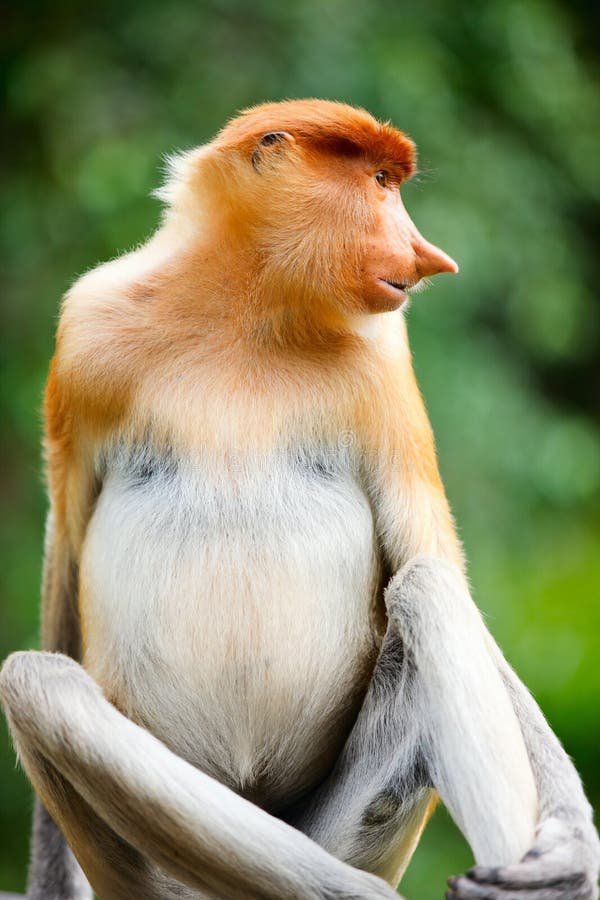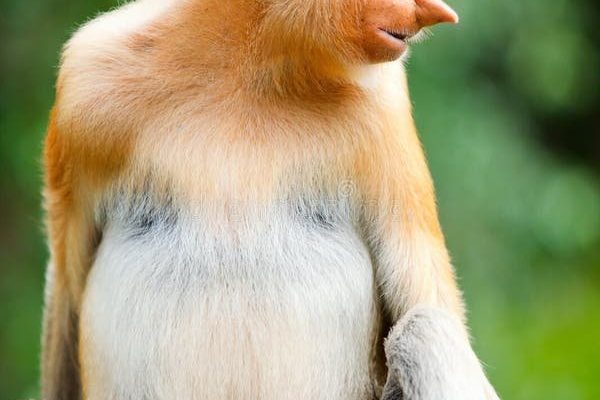
The proboscis monkey, native to the rainforests of Borneo and nearby regions, isn’t just a subject of scientific interest. It’s woven into the tapestries of stories, myths, and even local traditions. Just as the mighty lion symbolizes strength and courage in Western cultures, the proboscis monkey embodies different ideas and values. Let’s dive into how this fascinating creature has made an impact in various cultures, from local legends to artistic representations.
Origins of The Proboscis Monkey in Folklore
Folklore often serves as a reflection of society’s values and beliefs, and the proboscis monkey is no exception. In many Bornean communities, tales of the proboscis monkey can be found, highlighting its unique features and behaviors. For instance, some stories depict the monkey as a trickster, using its wit to outsmart other animals. This aligns with the common theme of trickster figures found in many cultures around the globe.
These tales not only entertain but also teach moral lessons. They may emphasize the importance of cleverness over brute strength, showing that sometimes intelligence is a monkey’s best asset. This kind of storytelling is crucial in preserving cultural heritage, as it passes down values and lessons from one generation to the next.
Symbolism in Local Cultures
The proboscis monkey often symbolizes a connection to nature among various indigenous tribes. Its presence in stories and myths signifies the importance of preserving the rich biodiversity of the rainforests. Some folk tales emphasize that respecting the habitats of the proboscis monkey and other wildlife is vital for maintaining a balanced ecosystem.
This connection to nature is essential, especially in a time when deforestation threatens the survival of not only the proboscis monkey but countless other species. By embedding these values into folklore, communities promote conservation efforts. They remind us all that the survival of species is interconnected with the health of our environment.
Portrayals in Art and Literature
In art, the proboscis monkey often appears as a whimsical subject. Artists use its distinctive features to create engaging images that capture people’s imaginations. You might see it illustrated in children’s books or painted in vibrant colors in local galleries. These representations often encourage curiosity about wildlife and promote awareness about the unique ecosystems in which these monkeys live.
Literature also plays a role in how the proboscis monkey is perceived. It appears in stories that aim to entertain but also educate readers about the animal’s lifestyle and habitat. This blend of creativity and education is crucial, especially for younger generations, as it helps foster a love for nature and urges them to become mindful of conservation.
Influence on Local Customs and Festivals
In some regions, festivals celebrate the proboscis monkey and its importance to local culture. During these events, people participate in activities that honor the traditions surrounding this unique creature. There might be performances, art contests, and even educational workshops aimed at raising awareness about the need to protect the species and its habitat.
These festivals create a sense of community and allow people to connect with their cultural roots. They highlight the role of the proboscis monkey not just in nature but as a cultural symbol that brings people together to appreciate and respect their environment.
Common Myths and Misconceptions
Despite its charming reputation, the proboscis monkey also faces some myths and misconceptions. For instance, people often assume that the monkey is a lazy creature due to its relaxed posture and round belly. However, this is far from reality. In fact, these monkeys are quite agile and are known for their remarkable leaping abilities when navigating through trees.
Additionally, there’s a misconception that the proboscis monkey is a solitary animal. In truth, they live in social groups, which is vital for their survival. Understanding these aspects can change how people perceive the proboscis monkey, moving beyond mere curiosities to appreciating its complex social structure and behaviors.
Environmental Narratives
The proboscis monkey’s representation in culture also brings attention to environmental issues. Many stories highlight the fragility of its habitat, the mangrove forests, and emphasize the adverse effects of deforestation. These narratives serve as a reminder that we must take care of our planet, not just for the sake of the proboscis monkey but for all living beings.
By weaving the proboscis monkey into cultural narratives, communities can inspire action toward conservation efforts. The storytelling tradition becomes a powerful tool to educate and mobilize people in the fight against environmental destruction.
Comparing Cultural Perspectives
Different cultures have varied perspectives on the proboscis monkey, often shaped by their unique environments and experiences. While some view it as a symbol of playful trickery, others might see it as a representation of harmony with nature. These perspectives enrich our understanding of the species and highlight the diversity of human thought.
Exploring how different cultures interpret the proboscis monkey can also foster a greater appreciation for biodiversity. When we understand that a single species can hold multiple meanings across various cultures, we realize the interconnectedness of life.
Shared Stories Across Borders
Interestingly, stories about clever animals are not limited to just one region. Many cultures around the world have their own versions of trickster tales featuring various animals. This indicates a shared understanding of nature’s lessons and the attributes we value in our societies.
By comparing these narratives, we can find common ground that transcends borders. The proboscis monkey and its folklore may be unique to its region, but the values and morals associated with it resonate universally.
The proboscis monkey is more than just an unusual-looking animal; it carries a wealth of cultural significance and environmental lessons. Through folklore, art, and community customs, this creature connects people to their natural surroundings and to each other.
As the environmental challenges like deforestation loom over its habitat, the stories of the proboscis monkey remind us of the importance of conservation. By understanding and appreciating how this monkey is represented in various cultures, we take a step closer to ensuring its survival and preserving the richness of our planet’s biodiversity. Whether through laughter or learning, the proboscis monkey continues to play a vital role in both culture and ecology.

